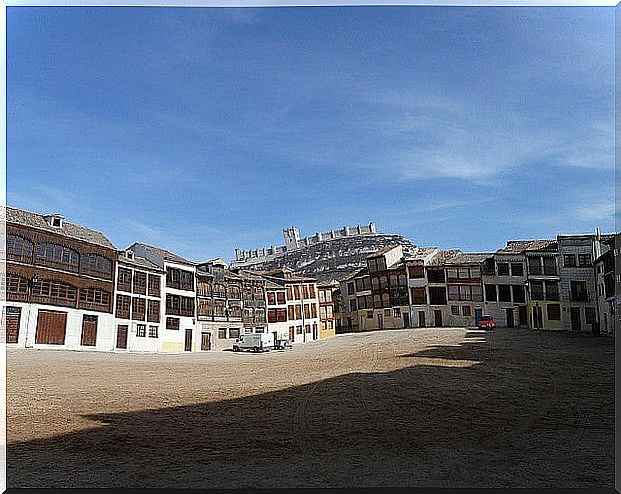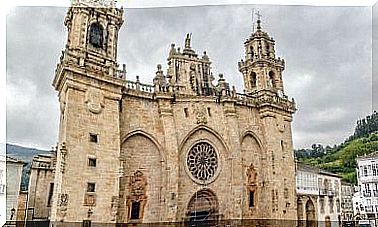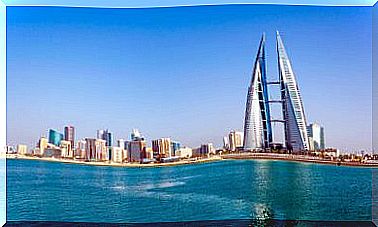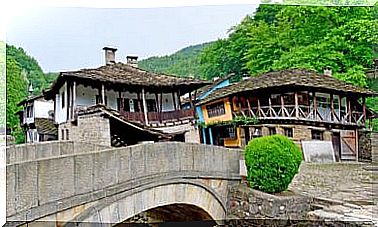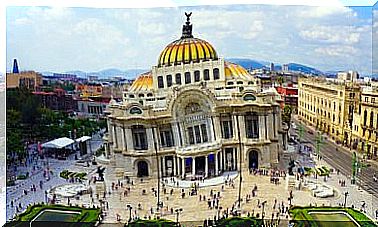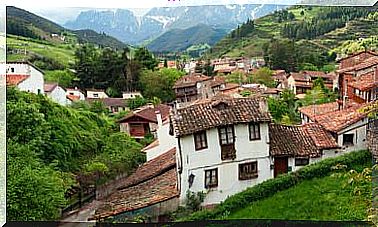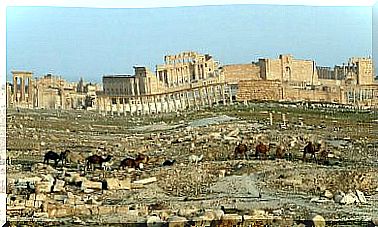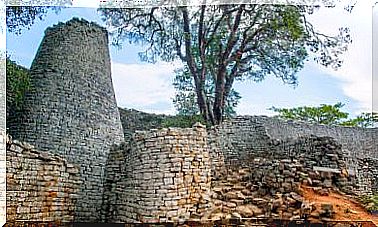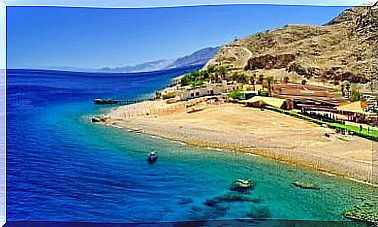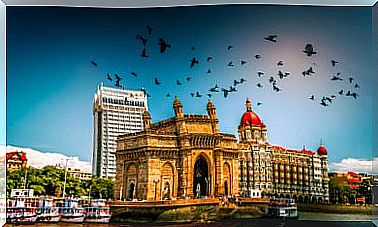What Is The History Of Torrelobatón?
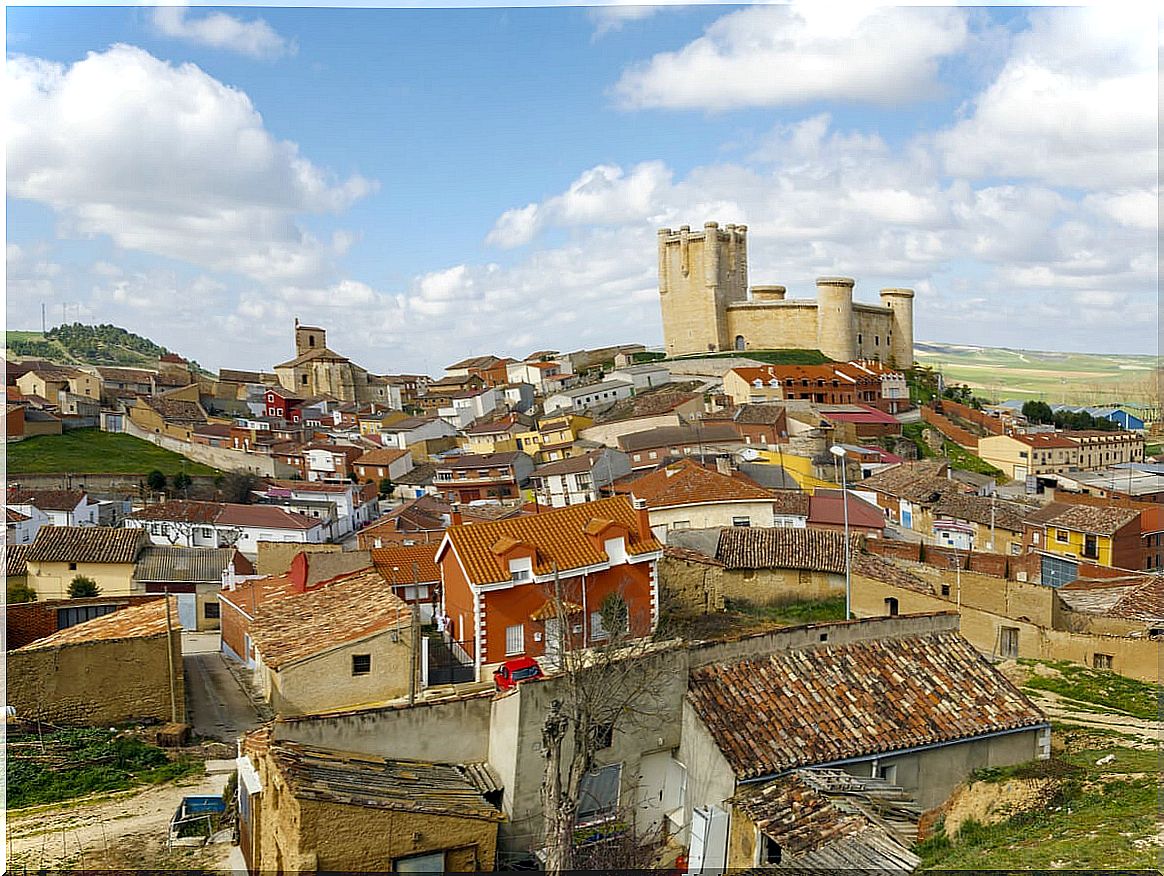
Summarizing the history of a town that has been inhabited for thousands of years is very difficult. This is the case with the history of Torrelobatón, a small town in Valladolid located in the Montes Torozos region that has its roots in the Iron Age. The settlement of El Pago de Grimata is a sample of this.
It is also thought that an important Roman city called Amallóbriga was located in the municipality of Torrelobatón. However, despite all this journey, it was from the Middle Ages that this town began to play an important role in the history of the kingdoms that would eventually form Spain.
Specifically, Torrelotabón is known for an important episode that occurred during the War of the Communities of Castile. Next, we are going to delve into the history of Torrelobatón and learn a little better what happened there.
Torrelobatón in the twilight of the Middle Ages
Torrelobatón is a town located in the Hornija valley of relative importance during the Middle Ages. As of the year 1392, its relevance grew exponentially, since it was bought by Alfonso Enríquez, who would be the future admiral of Castile.
It was as a result of his impulse that King Juan II authorized the construction of a castle that had the objective of guarding the Hornija valley. This fortification, which had a moat, powerful walls, three towers and the Tower of Homage at the corners, was completed in the last third of the 15th century.
It is a castle that has become a symbol for Castile, since it played a very important role in the development of the War of the Communities or of the commoners.
Torrelobatón and the War of the Communities of Castile
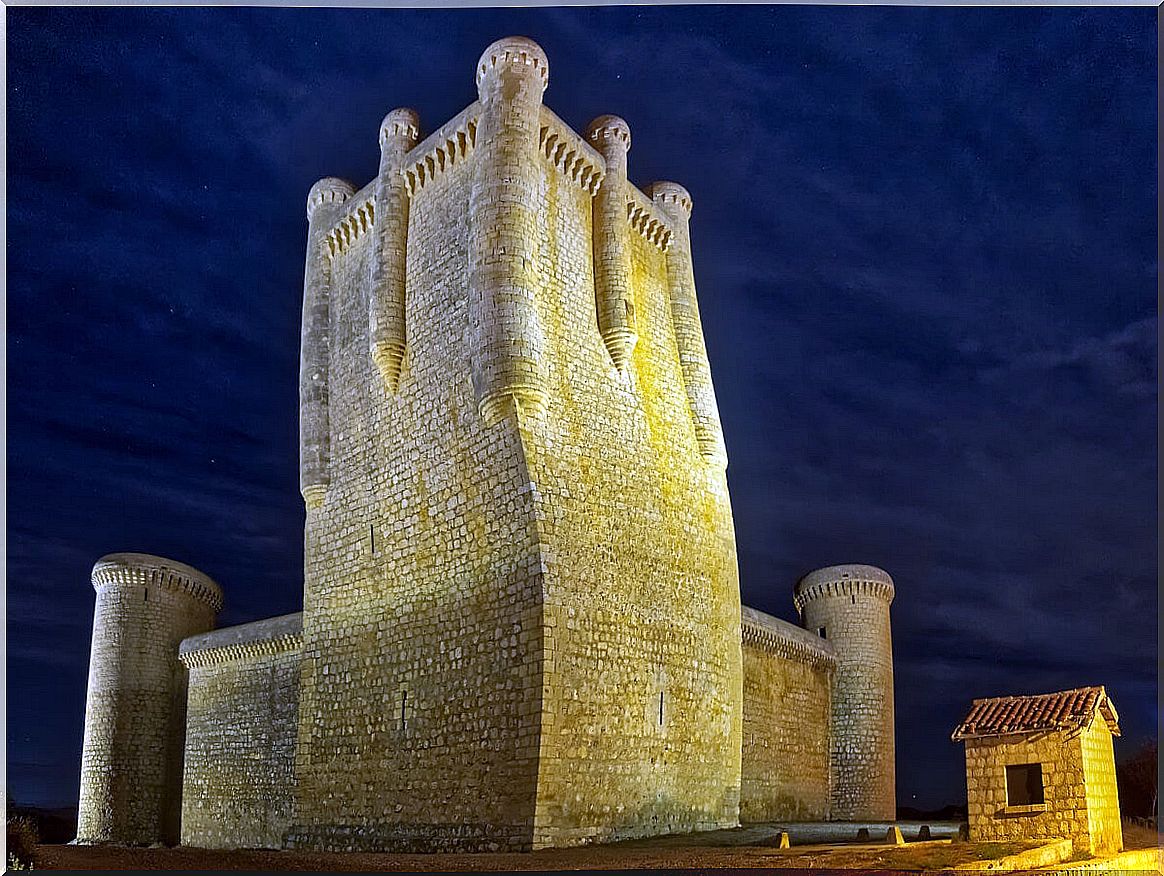
Between the years 1520 and 1522, the so-called comuneros took up arms before their dissatisfaction with the arrival of Carlos I to the throne. Let us remember that Charles I was crowned emperor of the Holy Roman Empire in 1520 and that his links with the kingdoms of the Iberian Peninsula were, rather, scarce.
This new court from Europe generated distrust of the Castilian nobility, who saw their hegemony in danger. In turn, there was a fiscal pressure, since Carlos I began to request money to support his election as emperor. The malaise that this produced led to the fact that, after his departure in 1520 to be crowned emperor, many cities took up arms.
Among the most important were Toledo and Segovia first. Later, Zamora, Toro, Madrid, Guadalajara, Ávila, Salamanca, Valladolid and Burgos joined. These urban revolts were gaining strength and even proposed that they return the crown to Juana, the emperor’s mother, popularly known as Juana la Loca.
As might be expected, the imperial forces could not tolerate such a revolt and, together with the emperor’s supporters within the Kingdom of Castile, repression began. The comuneros were losing, but in the year 1521 they achieved their last victory; It was in Torrelobatón.
Siege and capture of Torrelobatón castle
Padilla, one of the leaders of the rebellion, decided to take over Torrelobatón and its castle. It was not by chance, as it was a square that was between Tordesillas and Medina de Rioseco, very close to Valladolid. Thus, if they succeeded in taking over the post, they would have an excellent basis for further military action.
On February 21, 1521, Padilla marched towards Torrelobatón and began a siege that lasted 4 days. When the troops entered the city, the castle still held out for a few more days, but that did not stop the rebels from storming the city. Finally, the castle’s resistance was forced to surrender because Padilla’s troops threatened to hang all the inhabitants.
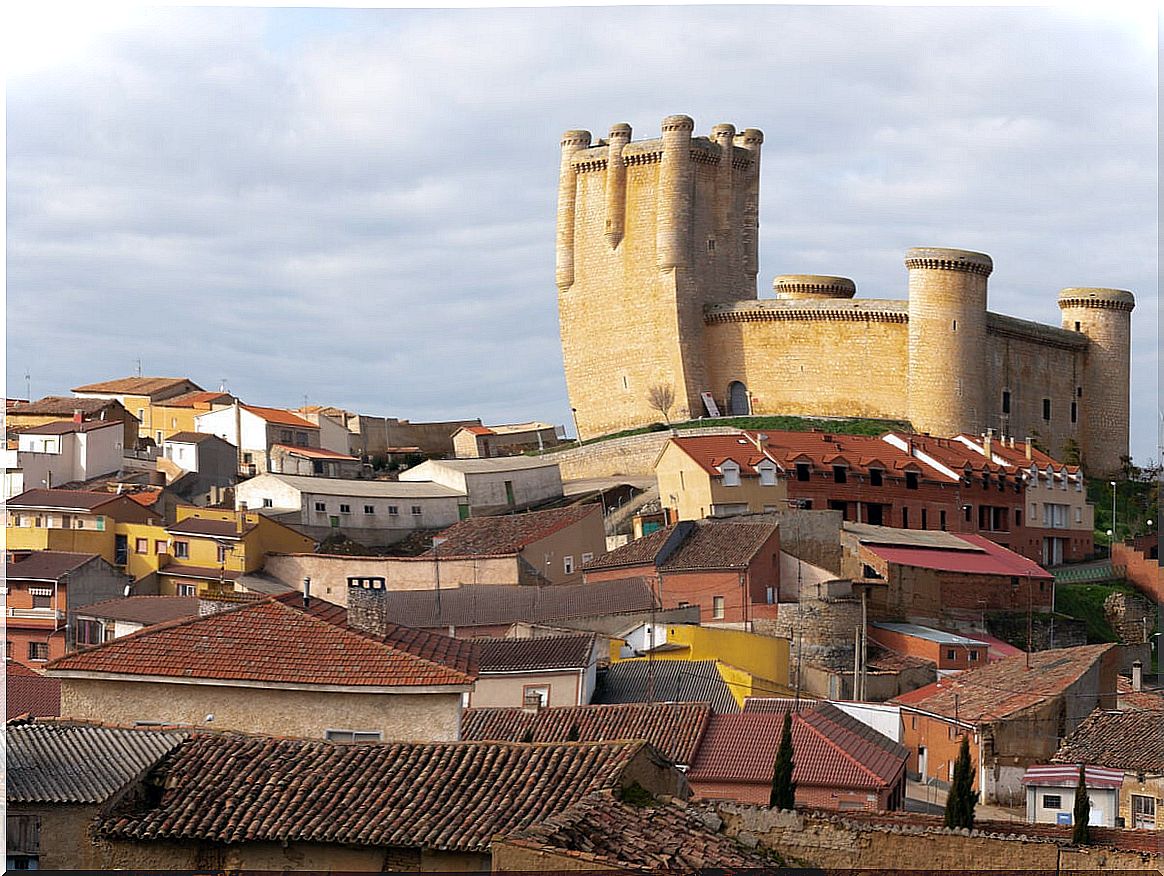
This is how the comuneros took Torrelobatón. However, this victory was short-lived. On April 23 of that year, the troops left the new stronghold for the city of Toro. At the height of Villalar, the imperial forces of Carlos I attacked the commune hosts. The victory in the so-called Battle of Villalar was for the empire: they captured the main leaders and beheaded them in the Plaza de Villalar.
Before the show of force of the imperial troops, little by little the cities of Castile returned to swear allegiance to the King. There were some exceptions like Madrid and Toledo, but finally, they also gave in.
After the defeat of Villalar and the end of the war, Torrelobatón emerged as the last triumph of the comuneros. This episode from the 16th century has made this place one of the symbols of the lands of Castile, and for this reason the castle has become a center of interpretation of the community movement.
The Interpretation Center of the community movement of the castle of Torrelobatón
After the war in the 16th century and the leading and symbolic role that the history of Torrelobatón had, this town has gone unnoticed. Time, obviously, did not stop for its inhabitants, but the town was never again at the center of the historical development of the region. Despite this, the castle was preserved and has now become a place to remember that glorious past.
The Interpretation Center of the Castilian community movement is installed in the Torre del Homenaje and the castle walkway. This was divided into three floors where objects, images or sounds are collected that will guide the visitor on a walk through the main events and protagonists of the movement.
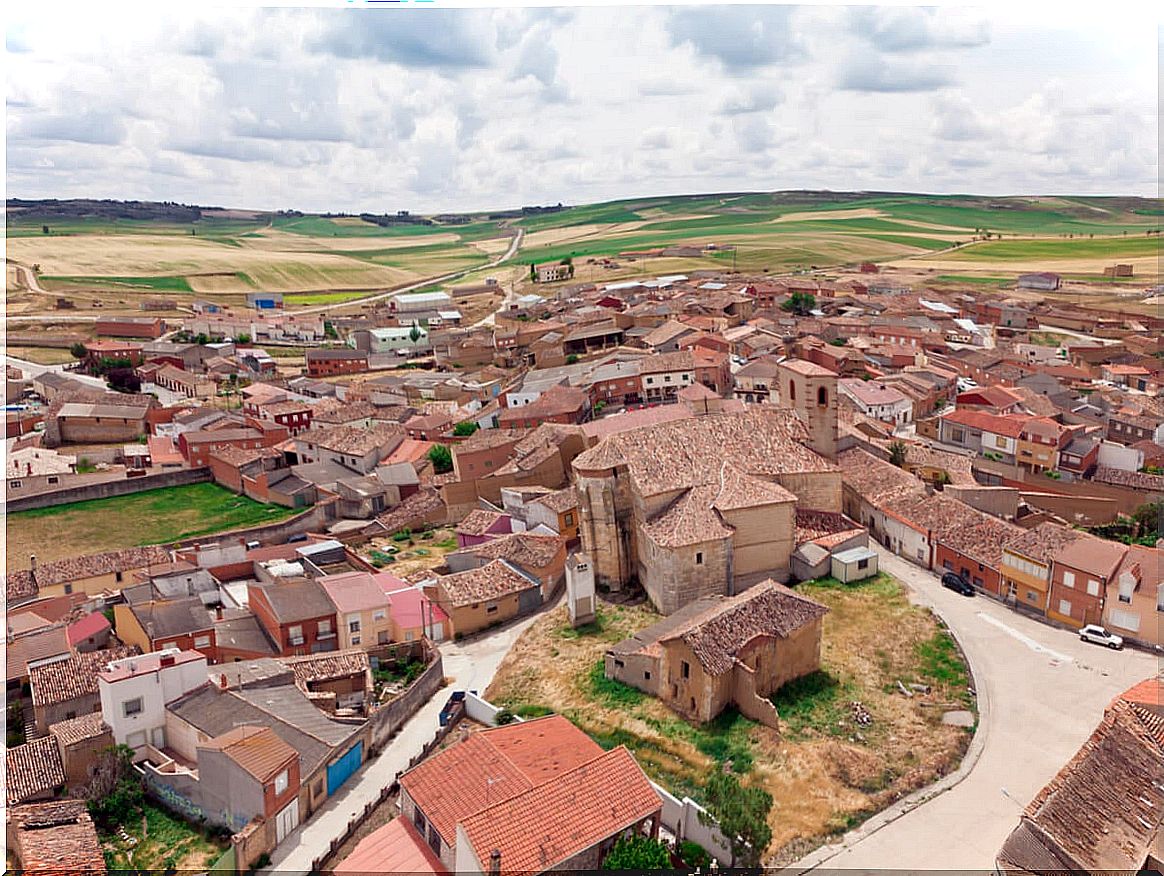
The objective is to explain in a simple and didactic way an episode in the history of this region that is very complex, so much so that it is constantly being reviewed by historiography. The Center wants to elucidate which were the main keys and the implications it had for the subsequent history of the territory.
On the ground floor there is a contextualization showing what the European political situation was like in the 16th century. On this first floor there are also different panels in which the rebellion in Castile is explained.
The first floor focuses exclusively on the Revolt of the Communards ; their leaders, rebellious cities and the consequences of some battles. Finally, on the top floor there is a model of the fortress and an observatory through which to locate some of the places where there were uprisings.
Torrelobatón, an essential visit for history lovers
As we have seen, despite being one of those towns of emptied Spain, Torrelobatón had an important role in the evolution of Castilian history.
That is why, if you are one of those who are fascinated by traveling the geography in search of historical episodes that happened in the genesis of the current countries, you cannot miss Torrelobatón, its castle and the Interpretation Center of the community movement.
